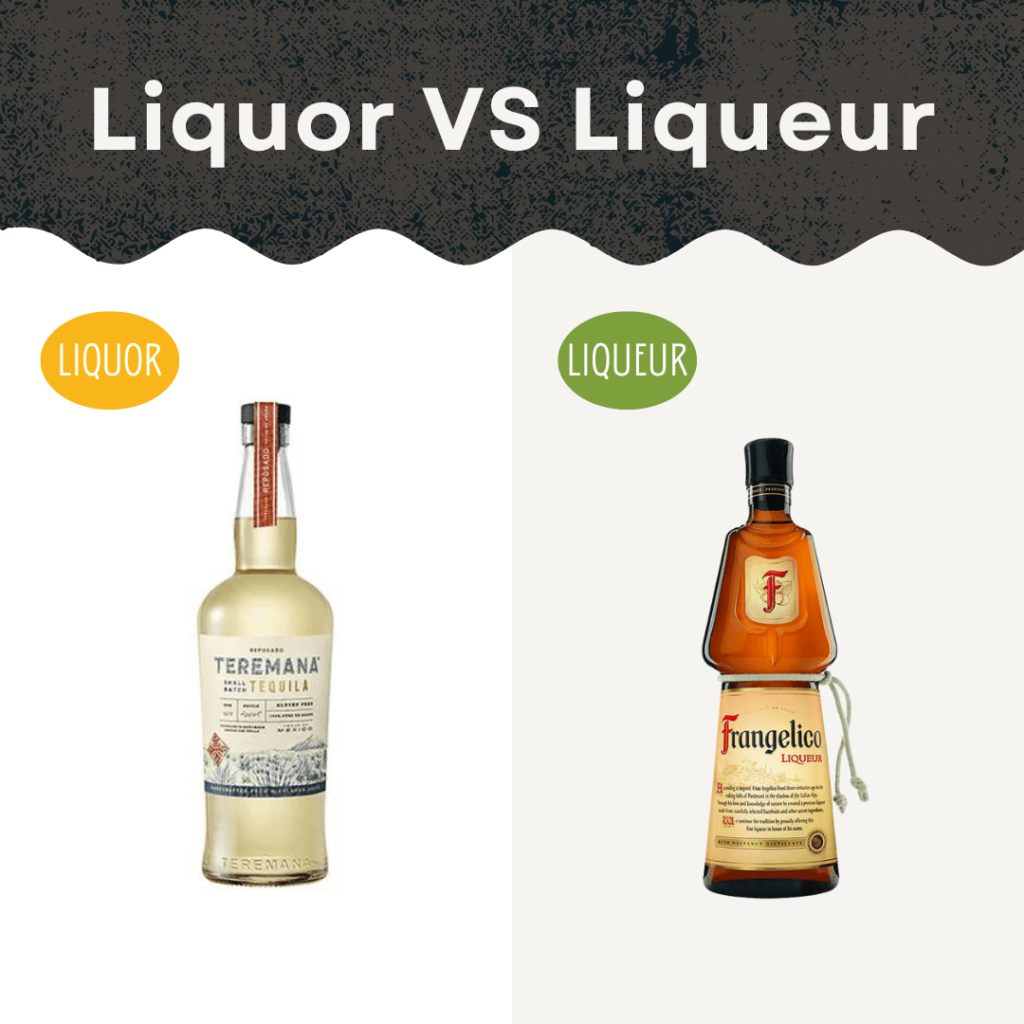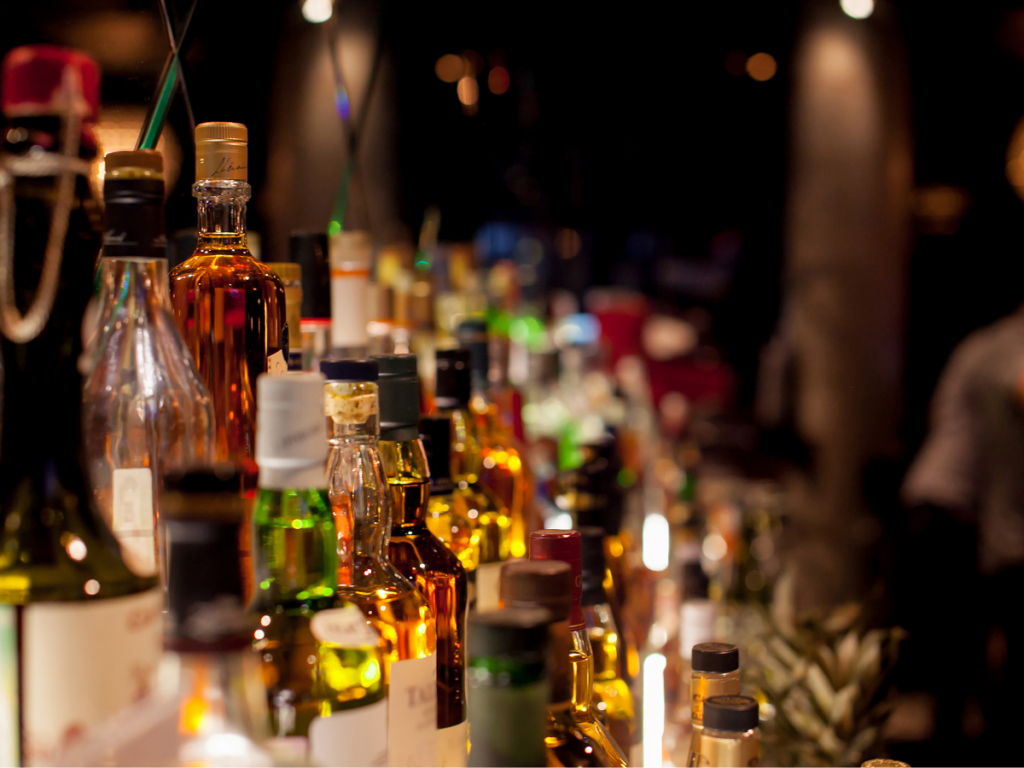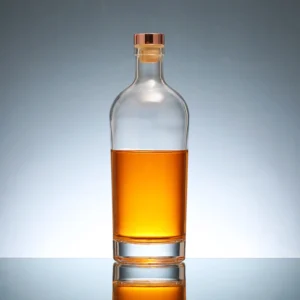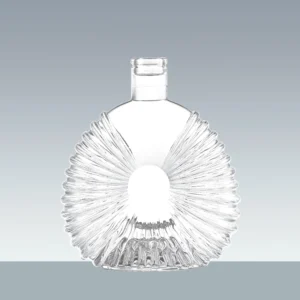Whisky bottles sizes in the world! It’s a fascinating topic, indeed. Whiskey bottles have several…
Liquor VS Liqueur: What’s The Difference
Today we’re talking about two types of alcoholic drinks that often get confused – liquor and liqueur.
You’ve definitely heard of both before. From vodka and whiskey to Bailey’s and Kahlua, these strong spirits are staples behind most bars and can totally transform a cocktail. Or just be sipped on their own!
But even though they sound really similar and are both boozy adult beverages, liquor and liqueur are actually quite different.
I didn’t really understand the exact differences myself until recently!
So in this article, we’ll break down what sets liqueurs and liquors apart, look at some popular varieties of each, and go over how you can use them.
Liquor VS liqueur: What’s The Difference
First off – pronunciation. I’ve heard both liquor and liqueur incorrectly pronounced many times. Just to be clear:
Liquor is pronounced “lick-er.”
Liqueur is pronounced “luh-kur.”
Got that? Great! With that out of the way, let’s jump right into understanding these terms.
At a basic level, liqueurs and liquors are both alcoholic beverages that contain distilled spirits. But liqueur has added flavorings like fruits, cream, herbs, nuts, spices, or even coffee or chocolate. The extra ingredients make them sweeter and more syrupy, while liquors don’t contain added sugar or flavors.
Make sense so far? To recap the key distinction: Liquor refers to straight distilled spirits like vodka, rum, whiskey, etc. Liqueur uses liquor as a base but has extra flavor added.
Now you might be wondering – how did these flavorful liqueurs come about? And what exactly IS the process of distillation that liquors go through? Good questions! Let’s explore those next.
History and Production
Humans have actually been distilling liquor for thousands of years! Some of the first distilled spirits were likely created around the 12th century in Italy and France. Back then, many liquors were thought to have medicinal properties or special healing powers. Over time, recipes and techniques spread across Europe, the Middle East, and Asia.
Today, we of course know liquor more for its intoxicating effects than any health benefits. But fun fact – even in the 1500-1600s, liqueurs were still largely used as medicine rather than recreational drinks. Their viscous texture and concentrated herbal flavors made liqueurs sort of a sweetened cure-all tonic. It wasn’t until hundreds of years later that they became popular as after-dinner drinks or cocktail mixers.
Whether making basic liquor or flavored liqueur, the first step is fermentation. This means exposing sugars and starches to yeast, which converts them into alcohol. Fermentation is essential not just for booze, but also for things like wine, beer, bread, and even yogurt!
Next comes the truly defining process – distillation. This involves heating up fermented liquids to the point that alcohol evaporates, then collecting and cooling those alcohol vapor droplets. Repeating this redistillation makes the end product higher and higher proof.
What’s left is concentrated ethanol alcohol alongside various organic compounds that provide taste, aroma, and complexity. The more times it’s redistilled, the purer and cleaner the liquor becomes. Vodka is one of the most extremely distilled spirits, getting up to 95% ABV!
Other liquors like whiskey and brandy undergo very specific distillation conditions to highlight desired flavors. Changing factors like temperature, equipment shape, fermented ingredients, and aging time gives different classic liquor types like rum, gin, and tequila their distinctive character.
Now let’s go back to liqueurs. As we learned already, they start with a fermented and distilled base liquor. The extra step is infusing, mixing, and sweetening it with anything from fruits, nuts, spices, herbs, flowers or bark to chocolate, caramel, honey, dairy cream, eggs, and more.
Today there are thousands of unique liqueurs out there with endless combinations of liquor bases and flavorings. Some liqueur recipes have been closely guarded secrets for generations!
Popular Varieties of
Alright, now that we understand how they’re made, let’s go through some popular types of liquor and liqueur along with what makes them special. We won’t have time to cover them all, but these are definitely the heavy hitters you’ll encounter at the bar or liquor store.
Types Of Liquor
Starting with liquor, the main categories are:
- Vodka: Typically made from grains like wheat, rye, or potatoes. This neutral spirit becomes a “blank canvas” for both cocktails and infused flavor varieties like lemon, vanilla, or cinnamon vodka. Popular brands include Smirnoff, Absolut, Tito’s, and Ketel One.
- Rum: Made from sugarcane byproducts like molasses or fresh juice. Both dark and light rum varieties add sweetness and character to tiki drinks and summery cocktails. Captain Morgan, Bacardi, Malibu, and Myers are some bestsellers.
- Tequila: Mexico’s most iconic spirit comes from the agave plant. From mixed drinks like the Tequila Sunrise to salt-rimmed shots, this liquor with herbaceous flavors makes the party more fun. Patron, 1800, Casamigos, and Jose Cuervo rule the blue agave game.
- Whiskey: Usually distilled from fermented grain mash including varieties like corn, barley, rye or wheat. Aged in wooden barrels for complexity. Bourbon, Scotch, Irish, and Tennessee styles like Jack Daniel’s, Jameson, and Crown Royal define whiskey’s popularity.
- Gin: Juniper-flavored liquor made from neutral fermented grains. The juniper berry’s bracing pine quality refreshes cocktails like the Martini and Gin and Tonic. Top brands are Tanqueray, Aviation, Bombay Sapphire, and Hendrick’s.
- Brandy: Created by distilling fruit juices like apples or grapes into smooth eau de vie then aged in oak. Famous kinds are Cognac and Armagnac from France. Hennessy, Courvoisier, and Martell have prestige.
Types Of Liqueurs
Those cover the major liquor bases you’ll encounter. Now what about delicious liqueurs? Some of the main liqueur varieties are:
- Fruit: Showcase sweet flavors like blackberry, orange, peach, melon or berry. These cordials lend festive flavor to cocktails. Examples are Cointreau, Grand Marnier, Chambord, and limoncello.
- Coffee: Mixes like Kahlua and Tia Maria make after-dinner drinks like Irish Coffee extra indulgent. Blending coffee and spirits makes a comforting yet sophisticated combination.
- Cream: Creamy liqueurs have an airy, velvety texture thanks to added dairy or eggs. Bailey’s Irish Cream and Amarula fruit cream give dessert cocktails a decadent edge.
- Chocolate: For the ultimate treat, chocolate liqueurs like Godiva and Tiramisu satisfy cravings in boozy form. Rich, warming depth makes them a natural addition to martinis.
- Herbal: This catch-all flavor category encompasses liqueurs made from herbs, flowers, seeds, spices, tree bark, roots, vanilla and more. These complex botanical infusions include Chartreuse, St. Germain, Benedictine, Drambuie, and Jagermeister.
- Nut: Toasted nut flavors give these liqueurs full body and subtle sweetness. Frangelico’s hazelnut and Disaronno’s almond profiles make them mixers that instantly elevate fall and winter drinks.
Of course we’ve still just barely scratched the surface of all the liqueurs out there today, not to mention the rising tide of creative craft liquor distilleries. But knowing this lineup will help you understand menus and recipes much better.
Using Liqueurs and Liquors
Now you know what makes liqueurs different from straight liquor. So how do bartenders actually use them in drinks? And what’s the best way to drink them when you’re not mixing cocktails?
Liquors are extremely versatile thanks to their neutral flavor. As “base spirits,” they build the foundation of all kinds of cocktails balancing stronger boozy impact with other sweet, sour, or herbal elements. They can also be simply sipped neat, over ice, or with a basic mixer like soda, juice or tonic water.
Vodka’s mild profile suits chilled shots, refreshing mixed drinks like vodka soda or Screwdriver, and picks up other flavors easily in infusions. Gin plays nicely with lighter mixers like tonic, citrus, elderflower, or cucumber to round out its juniper bite in G&Ts and gimlets.
Whiskey’s complexity shines when drunk straight or on the rocks but also adds depth to an Old Fashioned or Manhattan when combined with bitters, sugar, and other liquors. And tequila adds Southwestern flair to spice up margaritas, sangrias, and spicy-smoky combinations.
Compared to all-purpose liquor, liqueurs have more specific uses due to their very sweet and strong natures. You only need them in small splashes to make a noticeable impact. Much more than a half ounce or so will quickly overpower other ingredients.
Classically, liqueurs appeared at the end of extravagant banquet meals in aristocratic Europe to aid digestion. Today after-dinner coffee cocktails like Irish Coffee and Espresso Martinis highlight liqueurs in a similar fashion. Their richness counters bitter coffee for a sweet indulgence.
In cocktails, liqueurs bridge the gap between liquor bases and supplemental flavors. Just look at how triple sec, a sweet orange liqueur, connects tequila with citrus juice in a Margarita. Or how cherry Heering so smoothly marries brandy and vermouth in a Manhattan.
Bittersweet herbal liqueurs add intrigue to simple two-ingredient combos too – think Campari and gin or Aperol and prosecco. Even just adding a splash of one to a dram of straight whiskey makes for a warming, gently enhanced take on a classic spirit.
Thanks to sweeter flavors that offset liquor’s punch, many liqueurs also make great introductory alcohols for those new to drinking too. Berries and cream Baileys over ice proves far more approachable than harsh whiskey or vodka to start with.
And the final way many enjoy liqueurs is simply on their own as a chilled shot or decadent sipper. Serving nutty, spiced Drambuie or coffee-kissed Kahlua neat lets their sugar smoothed, concentrated intensity shine.
Conclusion
We’ve covered quite a bit of ground going through all things liquor and liqueur! To recap, the key points about each are:
Liquor:
- Refers to any distilled spirit with typically 40 to 55% ABV alcohol
- Made via fermentation and multiple distillations for purity
- Includes vodka, rum, tequila, gin, brandy, whiskey
- Versatile for drinking straight or mixing in cocktails
- Imparts base spirit flavor but not added sweetness
Liqueur:
- Starts with a distilled liquor base plus added flavors
- Usually lower alcohol around 15-30% ABV
- Includes fruit, coffee, cream, nut, spice, chocolate styles
- Provides rich sweetness, viscosity, and floral/herbal complexity
- Most often used in small amounts to enhance cocktails
To share a memorable analogy I once heard: Think of liquor as the canvas and liqueur as the paints. You start with blank neutral spirits, then splash in intensely vibrant liqueurs for bursts of color…transforming your basic canvas into a vivid, flavored cocktail masterpiece!
Beyond their uses in mixology though, liqueurs and liquors also have a super fascinating history. We went over how they evolved from medicinal herbal tonics centuries ago to the mainstay cocktail building blocks they are today. Some liqueur recipes are still closely guarded secrets after hundreds of years!
Whether you prefer whiskey neat, love an excuse to drink dessert with your Baileys on ice, or play home mixologist shaking up new concoctions, I hope this gave you a helpful liquor versus liqueur breakdown to garnish your spirits knowledge!
We just covered a whole lot of information, but don’t feel overwhelmed. Getting familiar with some go-to liquor brands you enjoy and experimenting with liqueur flavors can be super fun. No need to learn all their nuances in just one night!
When starting out, sweeter liqueurs tend to be more mixable for beginners too compared to harsher straight liquors. Feel free to start slowly sipping rather than shooting if that’s needed to acquire the taste!
No right or wrong way here – just discover what types of liquor and liqueur suit your preferences.
Thanks for tuning in to explore this cocktail curiosity topic with me! Until next time, cheers!






